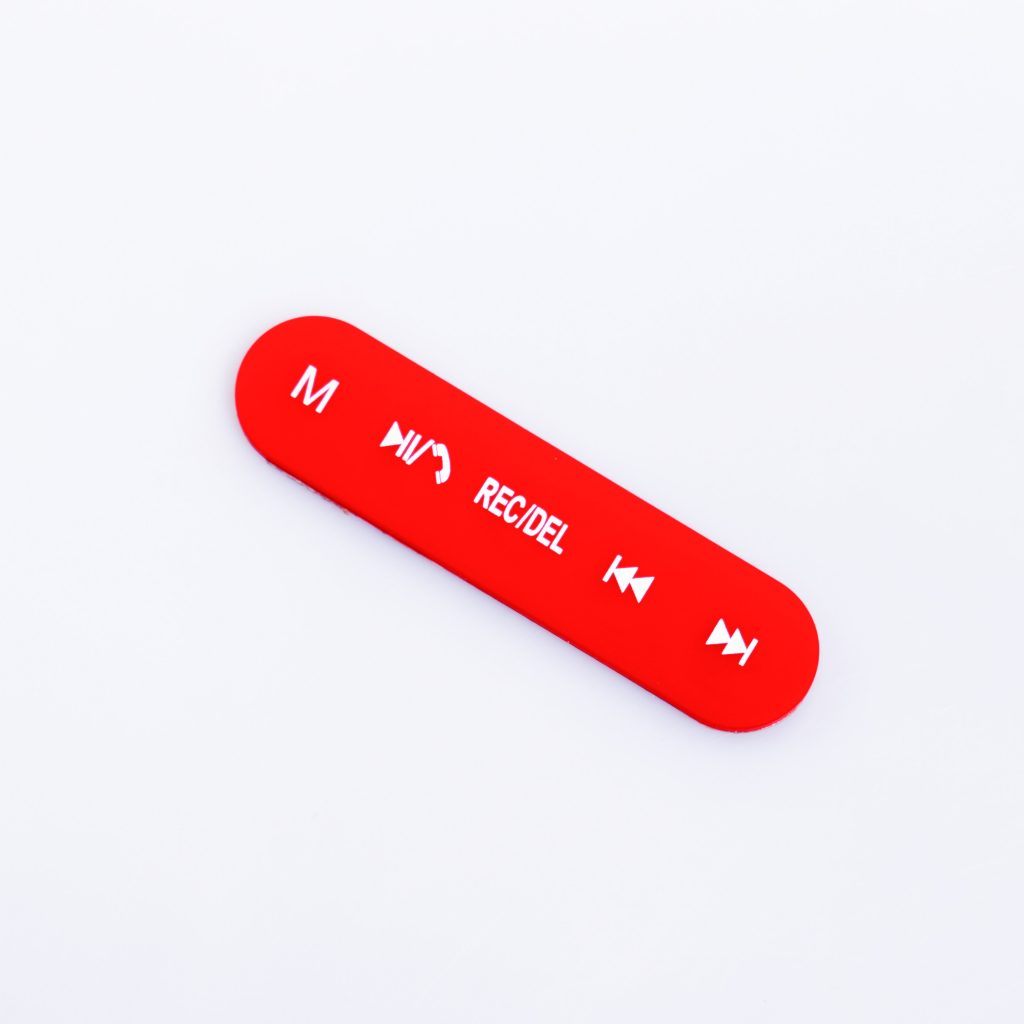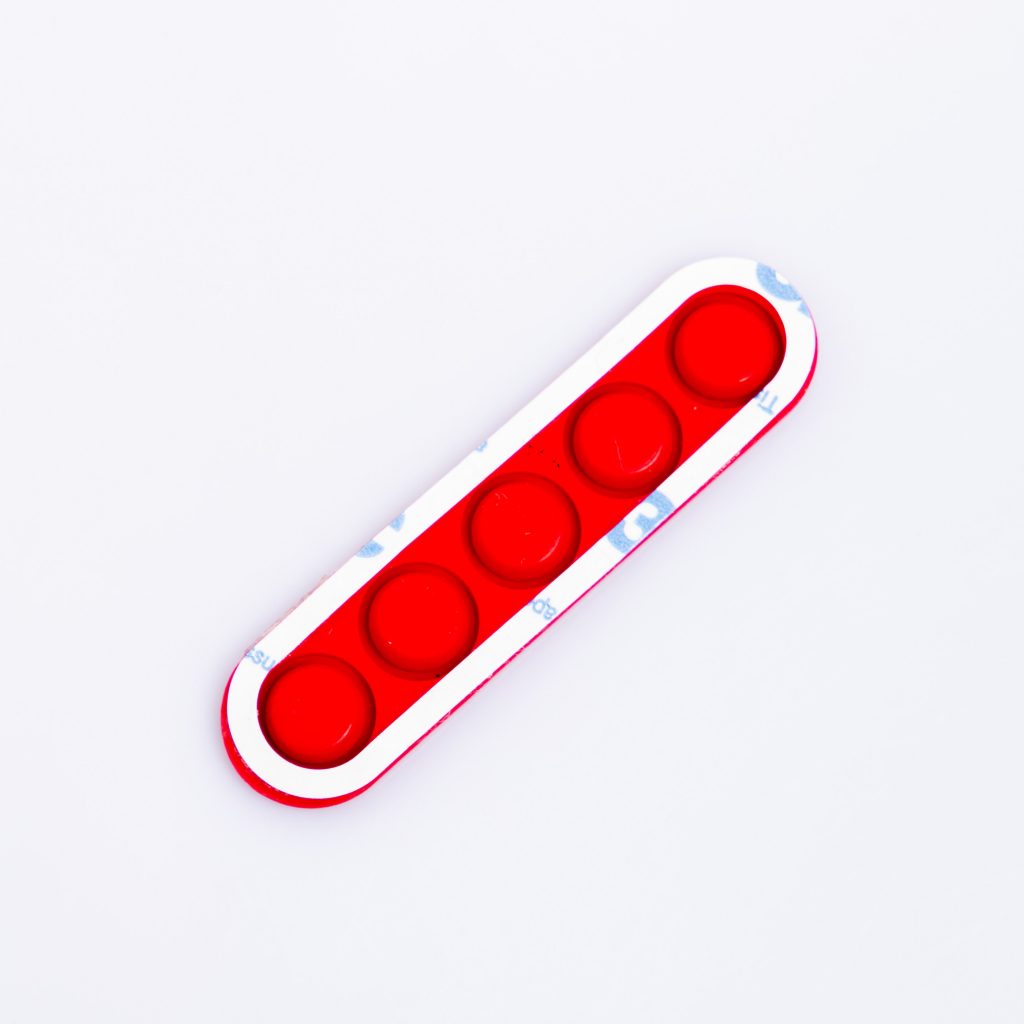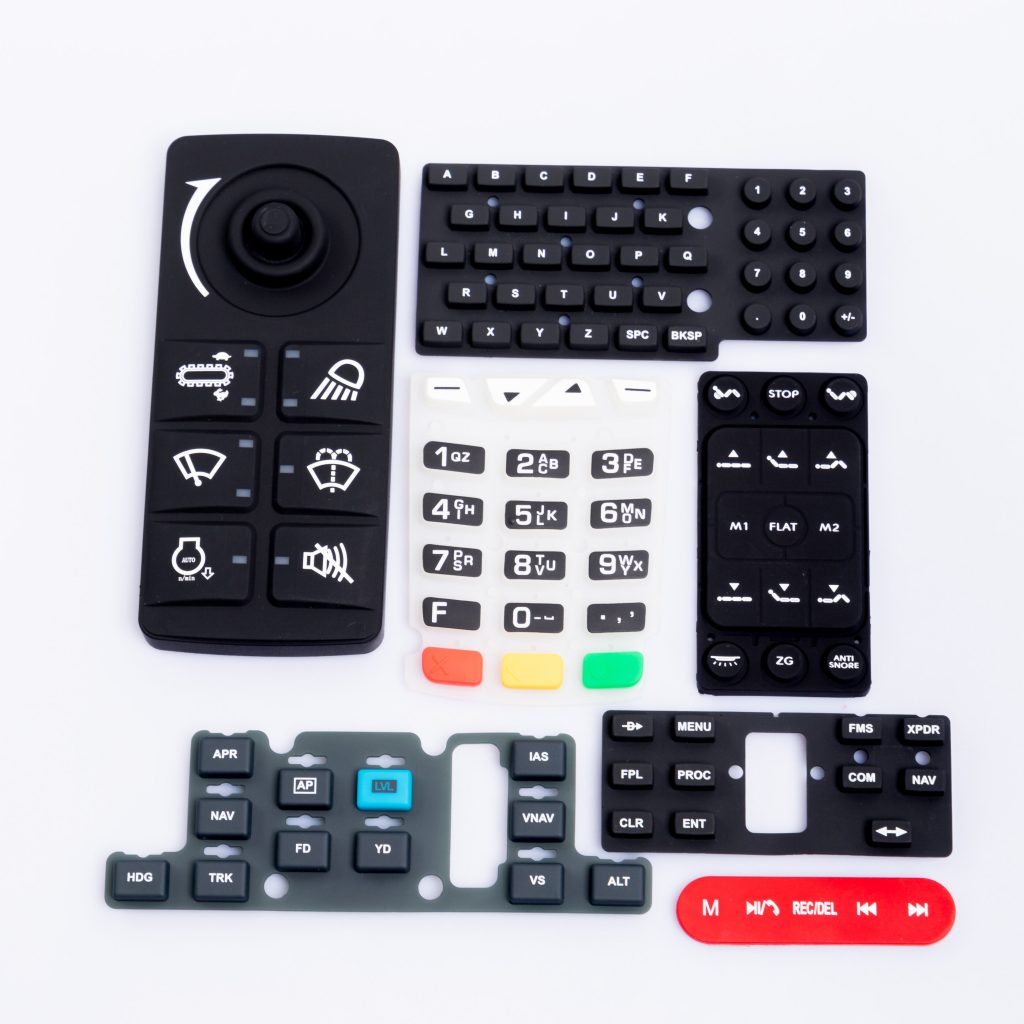Contact
Write to Us And We Would Be Happy to Advise You.
Do you have any questions, or would you like to speak directly with a representative?
By hqt
Rubber keypads are widely used in various electronic devices, from remote controls to calculators. To ensure their longevity and smooth operation, it’s essential to apply a protective coating such as PU oil. In this article, we will guide you through the process of putting PU oil on a rubber keypad, providing detailed steps and useful tips to achieve optimal results. Follow along and give your rubber keypad the care it deserves.



The process of putting PU oil on a rubber keypad involves a few simple steps. Let’s take a closer look at each of them:
Before applying PU oil, it’s crucial to clean the rubber keypad thoroughly. Use a mild detergent and water solution to remove any dirt or residue. Gently scrub the keypad with a soft-bristled brush, ensuring you reach all the crevices.
After cleaning the keypad, allow it to air dry completely. Alternatively, you can use a lint-free cloth to pat it dry. Make sure there is no moisture left on the surface before moving on to the next step.
Now it’s time to apply the PU oil to the rubber keypad. Follow these instructions:
After allowing the oil to penetrate the rubber, take a clean lint-free cloth and gently wipe off any excess oil. This step helps prevent a sticky residue and ensures a smooth and comfortable touch while using the keypad.
Give the keypad ample time to dry after wiping off the excess oil. It’s essential to wait until the oil is fully absorbed by the rubber. This can take anywhere from 15 to 30 minutes, depending on environmental conditions.
1. Can I use any type of PU oil for my rubber keypad? Yes, you can use any PU oil specifically designed for rubber surfaces. Make sure to choose a high-quality product to achieve the best results.
2. How often should I apply PU oil to my rubber keypad? The frequency of PU oil application depends on the usage and environmental conditions. As a general guideline, consider applying the oil every three to six months for optimal maintenance.
3. Can I use PU oil on other rubber surfaces? Yes, PU oil can be used on various rubber surfaces, such as gaskets, seals, and o-rings. Always check the manufacturer’s recommendations before applying PU oil to ensure compatibility.
4. Is there an alternative to PU oil for rubber keypad maintenance? Yes, silicone spray is an alternative to PU oil. However, PU oil tends to provide better long-term protection and is specifically formulated for rubber surfaces.
5. Can I use a hairdryer to speed up the drying process? It’s best to avoid using a hairdryer as the heat can potentially damage the rubber. Allowing the keypad to air dry naturally is the safest approach.
6. Can I use the keypad immediately after applying PU oil? It’s recommended to wait until the oil is fully absorbed and the keypad is completely dry before using it. This ensures optimal functionality and avoids any potential transfer of oil onto other surfaces.
By following the simple steps outlined in this guide, you can easily apply PU oil to your rubber keypad, enhancing its durability and maintaining its smooth operation. Regular maintenance with PU oil helps protect the keypad from wear and tear, ensuring its longevity. Remember to clean the keypad thoroughly, apply the oil evenly, and wipe off any excess. Your rubber keypad will thank you for the extra care!
Do you have any questions, or would you like to speak directly with a representative?